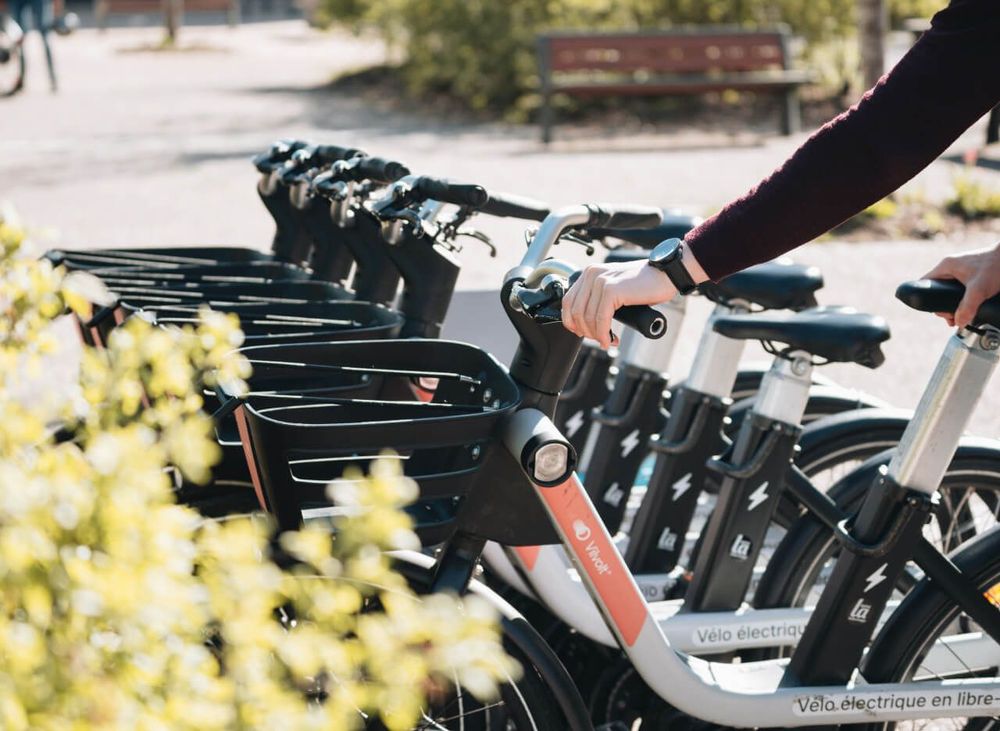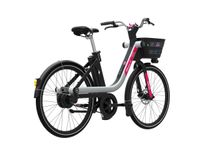All corners of a city should be serviced by at least one transport option. To achieve this, bike-sharing is an essential element of any public transport network.
Knowing that you need bikes as part of your network is one step, the next is understanding what that looks like - and more specifically understanding who can help you integrate bikes into your transport network.
In this article, we explore the advantages and disadvantages of the two main options for who can operate a bike-sharing scheme.





